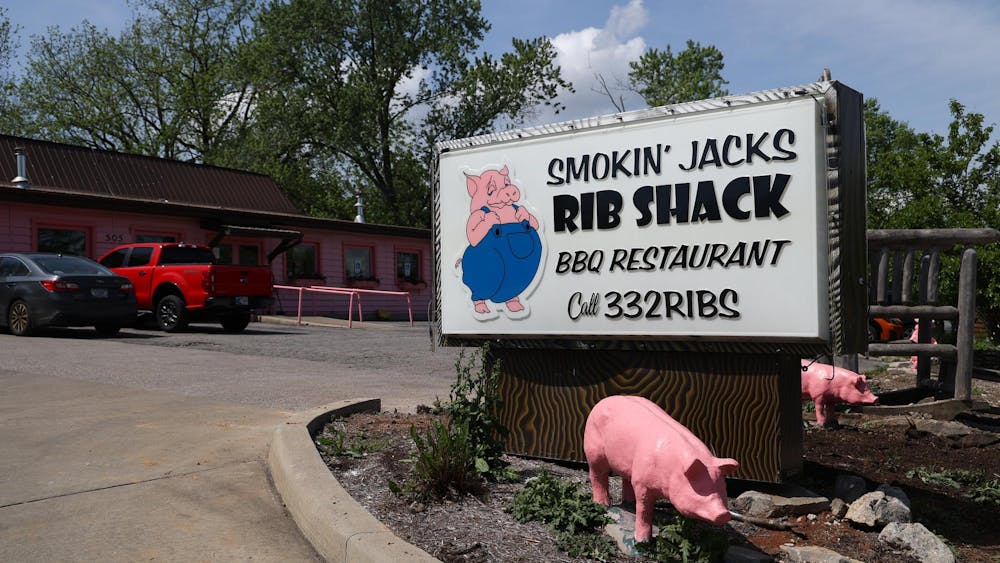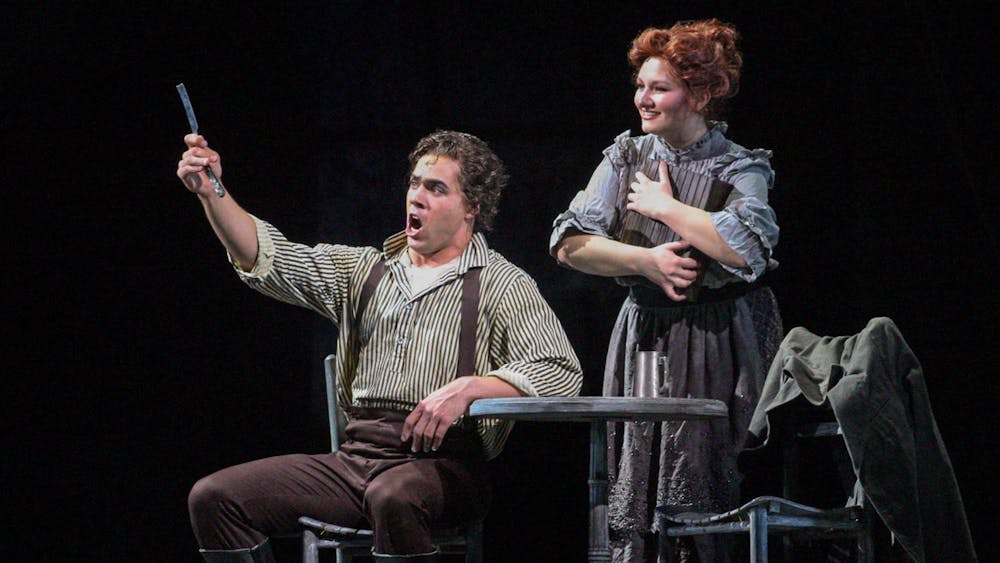With more than 60 million copies of Dan Brown's thriller "The Da Vinci Code" in print, the hidden history of Jesus Christ and the Catholic Church isn't much of a secret anymore.\nFor those who haven't read it, "The Da Vinci Code" is a fictional modern day search for the Holy Grail starring a Harvard scholar who studies ancient symbols and a French cryptographer, except the Grail they seek is no mere cup.\nInstead, the Grail is a set of ancient documents which detail the hidden life of Jesus Christ -- a marriage to Mary Magdalene that produced children. According to the book, and some more conspiracy-oriented versions of history, these documents are guarded by a secret society known as the Priory of Sion, a group considered a hoax by most scholars.\nIn the book, a personal prelature to the Pope (a group that reports directly to the Roman Catholic pontiff) known as "Opus Dei" goes so far as to murder people to keep hidden the Grail secret, and to protect the Church's version of history. As the release of the movie approaches, Opus Dei, which considers itself a lay group, has launched a public relations campaign to protect its image because they say the book misrepresents the organization.\n"'The Da Vinci Code' also makes melodramatic assertions that Opus Dei engages in 'brainwashing,' 'coercion' and 'aggressive recruiting,' unfairly trying to tar Opus Dei with the same brush used against groups more deserving of such epithets," reads a press release on the group's site, www.opusdei.us. "Opus Dei proposes to people to give their lives to God, following a special path of service within the Catholic Church."\nAs for the Grail, it became involved in many apocryphal tales of the Middle Ages and eventually gained the mystical ability to grant anyone who drank from it eternal life, so claims the mythology that lacks basis in \nScripture.\n"The New Testament Gospels mention Jesus taking a cup and passing it around at his Last Supper, but the cup has no special status in any of the four gospels and is not called 'holy,'" Associate Professor of Religious Studies Bert Harrill said in an \ne-mail.\nAs most Grail legends originated in the present-day United Kingdom, some scholars have noted the stories have much in common with Celtic and Welsh myths from the area.\n"By the medieval period the cup had become a 'grail' and a holy relic," Harrill said. "As far as I know, no church actually claims to house the 'Holy Grail.' Anymore I know about the search for the Holy Grail comes from Monty Python."\nThe comedy troupe Monty Python is well-known for its 1974 film lampooning King Arthur's quest for the Holy Grail. \nThough the New Testament contains no mention of Jesus marrying or helping give birth to children, it is certainly not out of the question. One gospel written by the Valentinian Gnostics, named after the Gnostic philosopher Valentinus, alludes to the possibility. The Gnostics were an early Judeo-Christian sect with many ideas about Christ and the creation story that were considered heretical and nearly exterminated in the second \ncentury.\n"A Valentinian work called 'The Gospel According to Philip' does call Mary Magdalene Jesus's 'companion,' but includes here among three women, all named Mary, who accompanied Jesus: his mother, sister, and companion," Professor of Religious Studies David Brakke said in an e-mail. "So the reference seems symbolic of a kind of male-female unity, which is a major theme in Valentinian theology and in 'The DaVinci Code' as well, but it does not mention marriage or children, and I doubt the relationship is meant to be sexual."\nThe controversial film premieres world-wide May 19 and stars Tom Hanks in the role of Harvard symbologist Robert Langdon.
Scholars examine 'Code'
IU professors weigh in on Dan Brown's thriller
Get stories like this in your inbox
Subscribe





